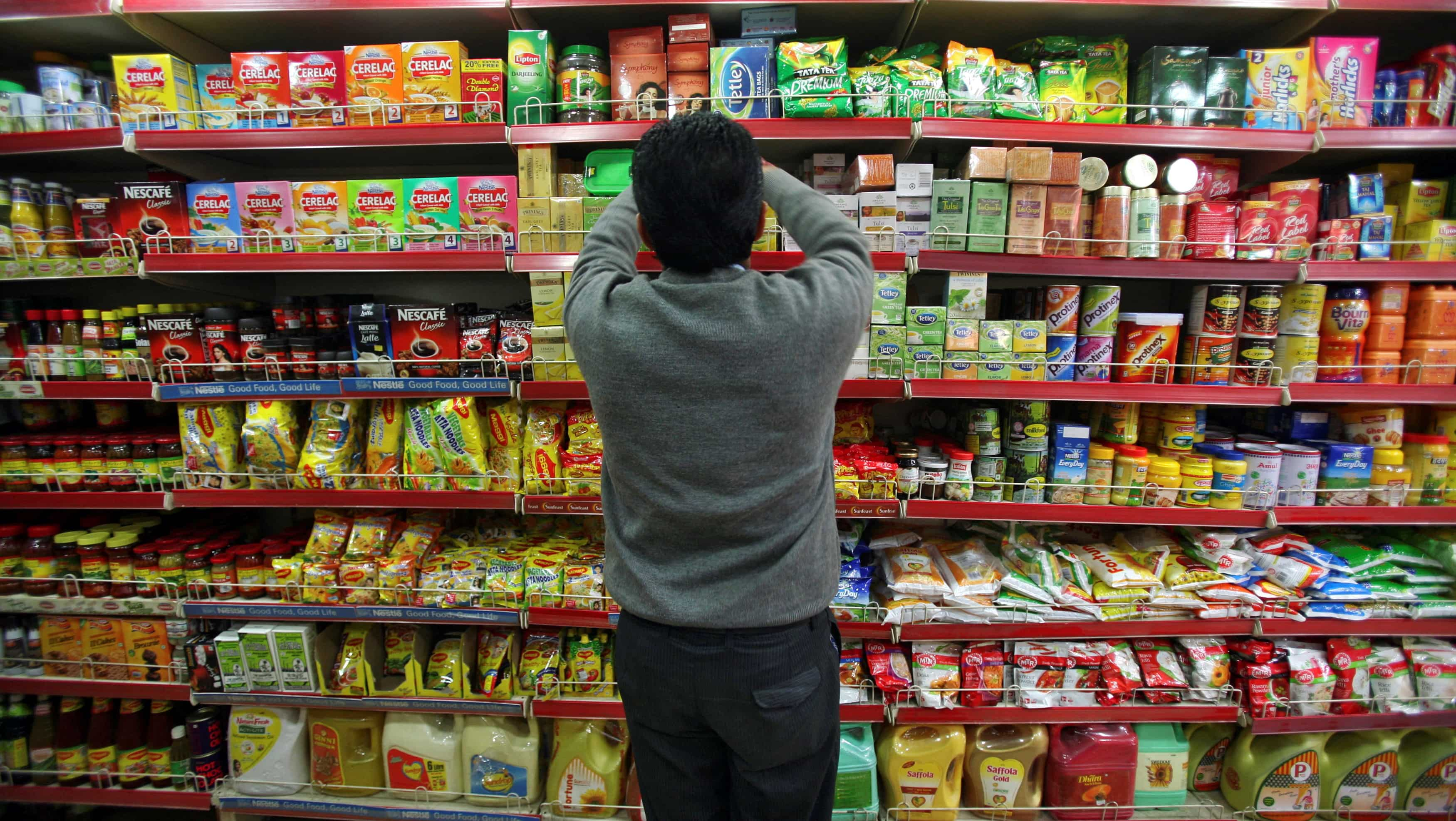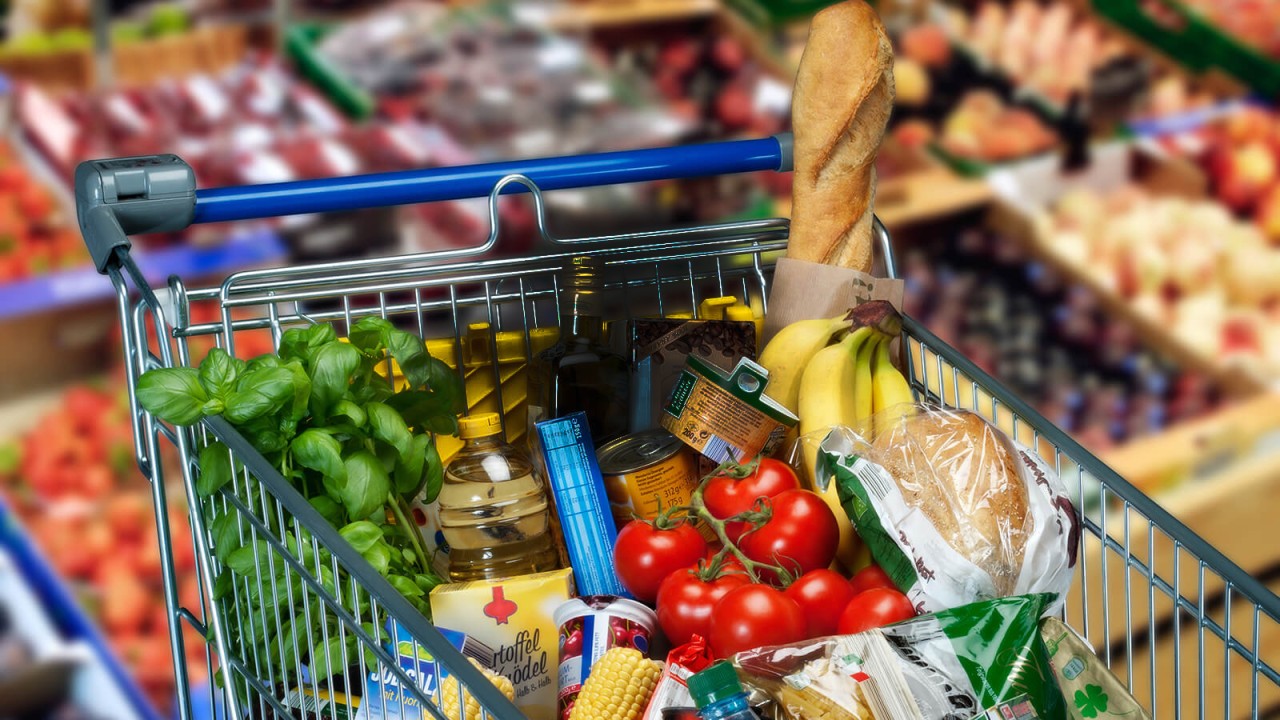Rural FMCG Companies Face Setback Amidst Food Inflation and Unpredictable Rainfall 2023

Rural FMCG Companies Face Setback Amidst Food Inflation and Unpredictable Rainfall 2023
In the fast-moving consumer goods (FMCG) sector, rural markets have often been hailed as the bedrock for potential growth.
For years, urban centers have been saturated with products and services, leading many FMCG firms to turn their gaze toward the expansive and yet relatively untapped rural heartlands.

However, recent events such as food inflation and uneven rainfalls have had a profound impact, forcing a temporary pause in the rural recovery for FMCG companies.
Due to continuing food inflation, inconsistent rainfall in certain locations, and weak consumer demand, the FMCG industry has experienced a difficult third quarter. Since rural demand is still weak, the operational environment for the FMCG industry remained challenging.
Additionally, some green shoots that were seen in the June quarter before appear to have stalled as a result of the challenging circumstances.
In their September quarter reports, major FMCG producers including HUL, ITC, and Nestle highlighted worries about irregular rainfall, the effect on crop output, and rising costs of various commodities, including wheat, maida, sugar, potatoes, coffee, etc.
Urban markets continued to rise for the FMCG sector throughout the quarter, driven by contemporary trade channels and big packaging.

FMCG manufacturers continue to benefit from e-commerce. The comeback of small regional/local firms, which are gaining share in the mass market goods, such as tea and detergent, is also putting pressure on FMCG corporations.
Due to increased competition from local competitors and a downturn in the rural market during the quarter, top FMCG giant HUL reported a market share loss in the mass end sectors. When the market was struggling with inflation and the price of raw materials was at an all-time high, the majority of local/regional businesses left the sector in the mass and small pack segments.
With the cost of basic commodities soaring, rural consumers find their purchasing power diminished. When a higher chunk of their income goes to procuring staple foods, they have less left over to spend on non-essential FMCG products.
The immediate consequence of food inflation is a shift in purchasing priorities. Products that were previously considered essential may now be deemed luxuries. For example, a rural family might choose to forgo a branded personal care product in favor of buying more grains or vegetables.
FMCG companies, especially those dealing in food products, may find their production costs escalating due to rising raw material prices.
This might compel them to increase product prices, further dissuading price-sensitive rural customers.
A poor monsoon can lead to crop failure, reducing the income of thousands of farmers. Conversely, excessive rainfall can lead to flooding, damaging crops in its wake. Both scenarios result in reduced disposable income for rural consumers.
)
Uneven rains can damage infrastructure like roads and bridges, causing significant delays in the distribution of FMCG products. This not only increases costs for FMCG companies but can also lead to a shortage of products in rural markets.
The fluctuations in agricultural output due to uneven rains can make commodity prices highly unpredictable. This poses a challenge for FMCG companies that rely on these commodities as raw materials, making long-term planning challenging.
Relying on a singular source for raw materials or a single distribution route can be detrimental. Diversifying can mitigate risks related to price hikes and distribution bottlenecks.
Trust plays a pivotal role in rural markets. Companies can engage in community-driven initiatives, offering support during tough times, which can foster brand loyalty.

Given the fluctuating nature of rural economies, adopting a flexible pricing strategy can be beneficial. This might involve offering discounts during particularly harsh periods or introducing economy-sized products.
FMCG companies can invest in training farmers in sustainable practices, ensuring a steady supply of raw materials and also bolstering the rural economy.
while the road ahead for FMCG companies in rural markets seems challenging due to external factors like food inflation and uneven rains, innovative strategies and a deep understanding of rural dynamics can still pave the way for sustained growth.




